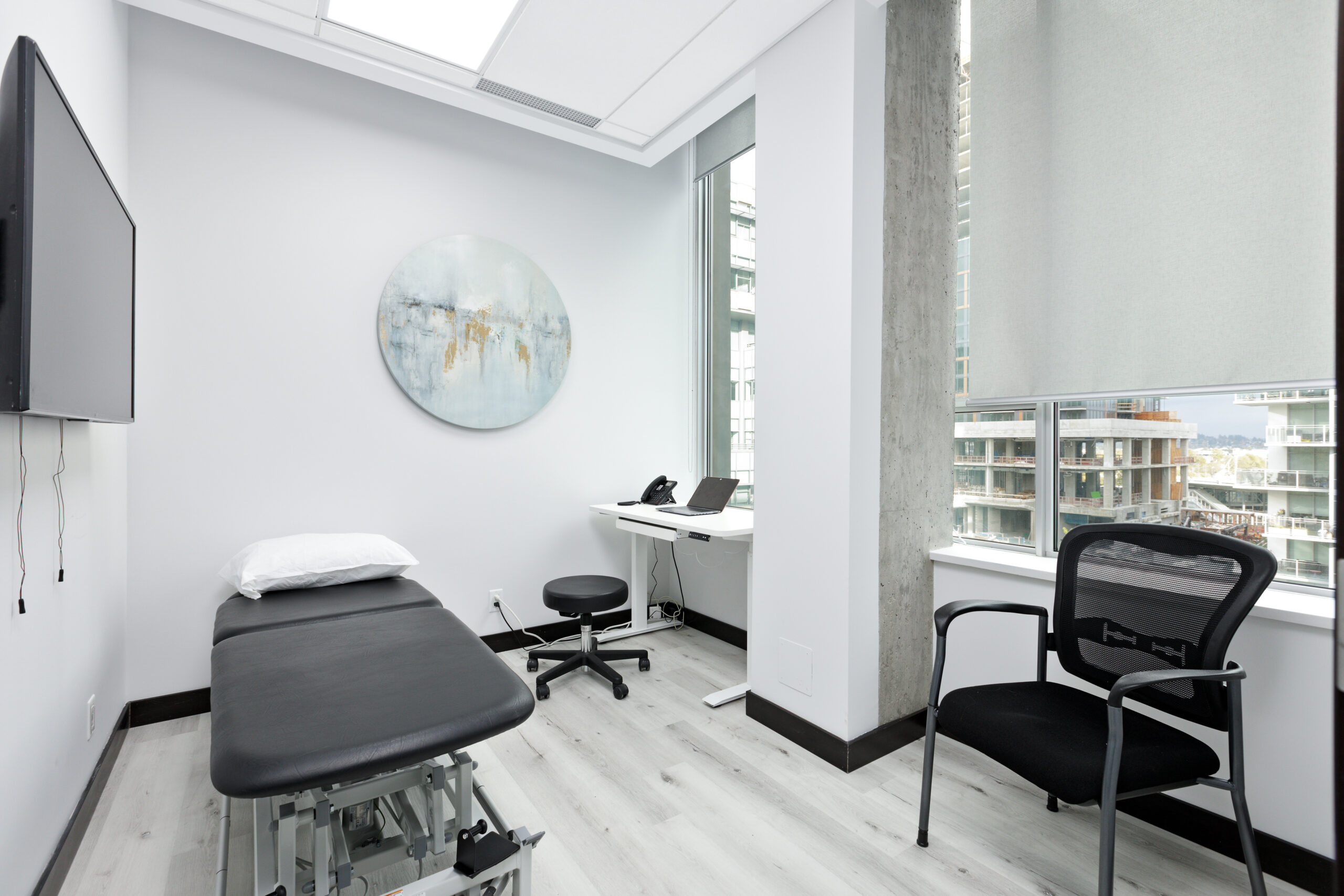Building a medical practice is a significant endeavor, and avoiding common mistakes can contribute to a smoother and more successful establishment. Those who have been through a construction project know there are several critical aspects at play beyond the physical construction of a facility. Instead of feeling disheartened, remember that behind every challenge lies an opportunity for success. Let’s unmask the five most common mistakes to avoid when building your medical practice.
Mistake 1: Not Involving the Right People in The Process
Building a medical clinic involves more than just hiring the right contractor; assembling the right project team is equally important. A successful project team includes professionals with expertise in various aspects of clinic construction and operation such as an architect, a project manager, a designer and consultants. Look for contractors with experience in constructing healthcare facilities. Familiarity with industry standards, regulations, and specific requirements for medical clinics is essential. Ensure that the contractor is licensed and has the necessary credentials to carry out construction projects in your location. Check for any complaints or instances of disciplinary actions against them.
Choose staff members who are invested in the same dream that you are—success for your practice and exceptional patient care. From your receptionist to your office manager, you need a team you can rely on to keep things running smoothly. Map out every role you’ll need to fill, post enticing job ads online, and pay close attention to personality in the interview process. When patients walk through your doors make sure your staff is going to give the impression you would like your patients to have about you and your practice.
Mistake 2: Poor Budget Estimation & Allocation
Starting a practice will require an investment of money as well as your time and energy. Failing to determine the actual costs of building a practice is one of the 5 most common mistakes you can make. You need to determine these costs while designing the practice, so you can get a loan for the right amount. Insufficient funds can result in delays, compromised quality, or even halted construction.
The best way to evaluate these costs is to get bids from contractors who understand your local building codes and the demands of a practice. Work with experienced construction estimators who understand the specific requirements of medical clinic construction. Consider historical cost data from similar projects and factor in contingencies for unexpected expenses.
Mistake 3: Not Picking the Equipment and Furniture Carefully
Choose equipment and furniture that are functional and ergonomic to support the specific needs of medical professionals and patients. Consider adjustable features to accommodate various user preferences and body types. Ensure that all equipment and furniture meet regulatory standards and comply with healthcare guidelines. This includes safety standards, infection control measures, and any other relevant regulations specific to the medical industry. Select equipment that integrates seamlessly with technology, such as electronic health records (EHR) systems, diagnostic tools, and communication devices. This helps streamline workflow and enhance patient care. Ensure that all equipment and furniture are accessible to individuals with disabilities. This includes considerations for wheelchair accessibility and adjustable examination tables.
Mistake 4: Not Factoring in Supply Chain and Delivery Times
Factoring in supply chain and delivery times is a critical aspect of successful medical clinic construction. Failing to consider these factors can lead to delays, increased costs, and disruptions to the overall project timeline. Start the planning and procurement process early in the project. Identify the required materials, equipment, and furniture, and work closely with suppliers to establish realistic delivery schedules. Maintain open communication with suppliers throughout the construction process. Inform them of project timelines and milestones to ensure they can align their production and delivery schedules accordingly.
Mistake 5: Ignoring The Importance of Safety Protocols
Stay informed about and comply with all local, state, and federal regulations pertaining to construction site safety. This includes regulations from occupational health and safety agencies. Develop a comprehensive safety plan before construction begins. This plan should outline potential hazards, emergency procedures, and safety protocols specific to medical clinic construction. Before the construction start, you should make sure that all the workers go through training on infection control measures. And this is another reason why you should work with the right contractor who already has an experience in the industry – they should be aware of the procedures & protocols and know how to protect the site from dust. They should also know about the right infection control measures and what they need to avoid.
Team Medico design to comply with Canadian Standard Association (CSA) standard, CSA Z8000, Canadian Healthcare Facilities–Planning, Design, and Construction.
Conclusion
Healthcare project management is a thrilling roller coaster ride filled with peaks of success and valleys of challenges. However, by being aware of these common mistakes and adopting proactive strategies, clinic owners can transform these challenges into stepping stones towards success, ultimately improving patient care and enhancing organizational processes.
If you have any questions about clinic design and construction, please reach out to our friendly team.

